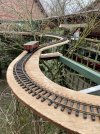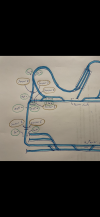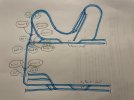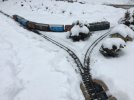Ollyman66
Registered
Hello everyone,
I received some great advice from Phil and Graham on my last post from the 22nd of November 2021.
Since then l have bought a Massoth 8157001 module and completed my reverse loop and Wye section of track.
I’m now at the wiring stage and
would like to know exactly which wires go to where on the Wye section drawn in diagram No2.
Not sure how to piggy pack the wiring for two insulated sections 1 and 2
I find all this wiring rather confusing.
Hope someone can help
Thanks, Oliver.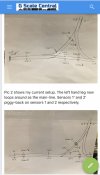
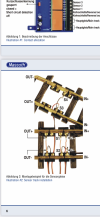
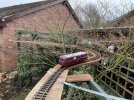
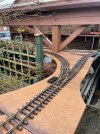
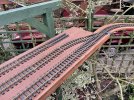
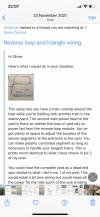
I received some great advice from Phil and Graham on my last post from the 22nd of November 2021.
Since then l have bought a Massoth 8157001 module and completed my reverse loop and Wye section of track.
I’m now at the wiring stage and
would like to know exactly which wires go to where on the Wye section drawn in diagram No2.
Not sure how to piggy pack the wiring for two insulated sections 1 and 2
I find all this wiring rather confusing.
Hope someone can help
Thanks, Oliver.







